KEY POINTS
- Volatility in the Australian energy market has led many electricity and/or gas retailers to close down over the years.
- Some retailers may also have been bought or absorbed by bigger companies, or rebranded under a different name.
- Customers of closed-down energy providers may have been moved to one of the major brands (AGL, EnergyAustralia or Origin) as part of the Retailer of Last Resort scheme.
In this article, Canstar Blue addresses which energy retailers no longer exist, what happened to them and where their customers went.
Australia’s energy market has changed in recent years, and some of the old retail brands you may be familiar with no longer exist. They may have been absorbed by other electricity and gas companies, rebranded or gone out of business. The majority of Australian states and territories have already deregulated their electricity and gas markets. Some previously state-owned energy companies are now privately owned, while others were crippled by the wholesale market’s competitive energy prices.
Depending on the circumstances of closure, some customers may have been subjected to the regulators’ Retailer of Last Resort (RoLR) scheme. This is where major energy retailers, such as Origin, AGL and EnergyAustralia, are nominated to take new customers from defunct retailers. However, customers are also welcome to choose another retailer if they wish.
Which energy companies are no longer operating?
Amaysim Energy
Amaysim Energy was the electricity and gas retail arm of Amaysim – a budget mobile phone provider. This company operated throughout New South Wales, Victoria and Queensland, specialising in subscription-based plans, which worked much like a pre-paid mobile plan where customers chose an amount of power for a set price. Amaysim acquired Click Energy in 2017, although these retailers operated separately.
What happened to Amaysim Energy customers?
Customers signed up to Amaysim Energy were switched over to AGL after the energy giant purchased it in late 2020.
Armada Solar
Armada Solar was one of the ACT’s oldest solar installation companies. Its solar installations ranged from residential solar systems to commercial solar systems, with a business focus on energy efficiency. The retailer went into liquidation in February 2015.
What happened to Armada Solar customers?
Many Armada Solar customers had paid deposits but were left to find new solar installers once Armada Solar went into liquidation. Solargain and other solar installers offered support to stranded customers.
Australian Power & Gas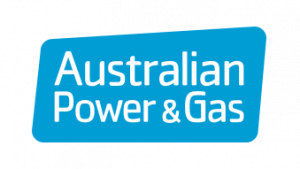
Australian Power & Gas was an electricity retailer licensed to operate across most parts of Australia, though it seemed to have a greater presence in Victoria than anywhere else.
In 2011 it scored two out of five stars in Canstar Blue’s customer satisfaction survey on electricity providers in Victoria. In 2014, Australian Power & Gas surrendered its retail license with the Australian Energy Regulator (AER).
What happened to Australian Power & Gas customers?
Australian Power & Gas customers were switched to AGL as part of the RoLR scheme.
Click Energy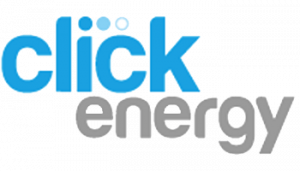
Though Click Energy was owned by Amaysim Energy, they were operated separately. Click Energy sold electricity in New South Wales, Victoria, Queensland and South Australia. It also retailed natural gas in New South Wales and Victoria. Click Energy had a reputation for changing its power plans frequently but did offer some higher-than-average feed-in tariffs for solar customers to take advantage of.
Once defunct, Amaysim Energy was acquired by AGL, Click Energy followed suit soon after.
What happened to Click Energy customers?
Customers with Click Energy were switched over to AGL, following the sale of parent company Amaysim Energy in late 2020.
Country Energy
Country Energy was an energy distribution and retail company owned by the NSW government. In addition to selling electricity to customers across New South Wales, Country Energy also owned Australia’s largest energy distribution network, covering New South Wales and small parts of Victoria and Queensland. In 2010, Country Energy secured the highest rating in Canstar Blue’s customer review of electricity providers in New South Wales.
In 2011, the NSW government sold the retail division of Country Energy to Origin Energy. The distribution side of the business was separated and rebranded as Essential Energy – now one of three electricity distribution companies in New South Wales, covering rural and regional New South Wales.
The acquisition of both Integral Energy and Country Energy helped make Origin Energy one of the biggest electricity and gas retailers in Australia.
What happened to Country Energy customers?
Country Energy customers were transferred to Origin Energy.
Elysian Energy
Elysian Energy was an electricity provider with a unique subscription-based model and heavy solar power focus. The retailer was licensed to operate in New South Wales, Victoria, South East Queensland, South Australia, the ACT and Tasmania, with its headquarters based in Melbourne. Elysian Energy went into administration on 30 August 2022.
What happened to Elysian Energy customers?
Elysian Energy customers were transferred to either AGL, ActewAGL, EnergyAustralia, Origin or Aurora Energy depending on their distribution network as part of the regulators’ RoLR scheme.
Enova Energy
Enova Energy was Australia’s first community-owned electricity provider, based in Byron Bay. The retailer was licensed to sell electricity in New South Wales and South East Queensland. Enova Energy had a heavy focus on renewable energy options and claimed up to half of its customers’ electricity supply came from its own customers’ rooftop solar panels. The rest was sourced from renewables-focused provider, Diamond Energy.
Enova Energy was also awarded one of Canstar Blue’s inaugural Green Excellence Awards in 2022 for its energy sourcing strategy and general market offerings. The retailer entered voluntary administration on June 22 2022, citing wholesale electricity prices as the main cause.
What happened to Enova Energy customers?
Enova Energy customers were switched to either Origin or EnergyAustralia, depending on their distribution network, as part of the RoLR scheme. Customers were welcome to switch to another retailer if they wished. Enova Energy encouraged customers to switch to Energy Locals if they did not wish to stay with their newly appointed provider.
Integral Energy
Integral Energy was a large state-owned energy corporation in New South Wales, which retailed electricity across the East Coast of Australia. It was an arguably popular energy retailer, topping Canstar Blue’s customer satisfaction ratings for electricity providers in Queensland during 2010, while scoring four stars out of five for overall satisfaction in New South Wales in the same year. At its peak, Integral Energy had more than two million customers across the East Coast.
In 2011, the Integral Energy retail brand was sold by the NSW government to Origin Energy. Integral Energy’s energy distribution remained state-owned – renamed Endeavour Energy – now one of three electricity distribution companies in New South Wales. Its network covers south and western metropolitan Sydney and surrounding areas.
What happened to Integral Energy customers?
Integral Energy customers were switched over to Origin Energy.
Powerclub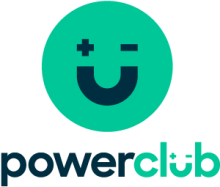
Powerclub was an electricity provider that promised to give customers access to wholesale electricity prices, in exchange for a monthly membership fee. The retailer was licensed to operate in New South Wales, Victoria, South East Queensland, South Australia and the ACT, with its headquarters based in Melbourne. On 19 July 2022 Powerclub went into administration.
What happened to Powerclub customers?
As part of the RoLR scheme Powerclub customers were transferred to either AGL, ActewAGL, EnergyAustralia or Origin, depending on their distribution network.
Powerdirect

Powerdirect was an electricity retailer that was licensed to operate across New South Wales, Victoria, South East Queensland and South Australia. The retailer was acquired by AGL in 2007 but continued to operate under its own banner until 2 March 2023 when it officially surrendered its electricity retailer authorisation to the Australian Energy Regulator.
What happened to Powerdirect customers?
All Powerdirect customers were transferred to AGL from 15 October 2022.
Sanctuary Energy
Sanctuary Energy was purchased by Mojo Power in 2019, a power retailer that operated in New South Wales and Queensland. Mojo Power was suspended from the National Energy Market in 2023.
What happened to Sanctuary Energy customers?
Customers who were originally with Sanctuary Energy were notified and switched to Mojo Power. Once Mojo Power was suspended, customers were switched to EnergyAustralia or Origin.
TRUenergy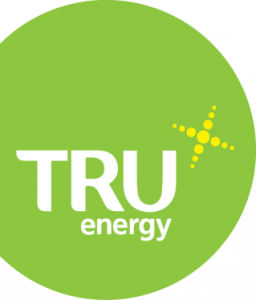
TRUenergy was an energy generation and retail company, operating across the eastern states of Australia. In 2010 it topped Canstar Blue’s customer satisfaction ratings for electricity providers in South Australia.
In 2011 TRUenergy acquired the retail business and brand name of the state-owned power company EnergyAustralia from the NSW government. The electricity and gas distribution side of the enterprise was renamed Ausgrid – now one of three energy distribution companies in New South Wales, covering central and eastern Sydney, as well as northern areas of the state. Meanwhile TRUenergy was rebranded EnergyAustralia, now one of the biggest electricity and natural gas retailers across the country.
What happened to TRUenergy customers?
TRUenergy customers were switched over to EnergyAustralia.
Other recent cases
Competitive market conditions have resulted in other energy retailers closing:
- Bright Spark Power – no customers were transferred
- COzero Energy – at the point of liquidation, there were no affected customers
- DC Power Co – unknown
- Flow Systems – acquired by the Altogether Group
- Go Energy – customers were transferred to either ActewAGL Retail, AGL, EnergyAustralia or Origin
- Mojo Power – customers were transferred to either EnergyAustralia or Origin
- Neighbourhood Energy – unknown
- Online Power and Gas – customers were transferred to 1st Energy
- People Energy – customers were transferred to either AGL, EnergyAustralia or Origin
- Pooled Energy – customers were transferred to either EnergyAustralia or Origin
- QEnergy – customers were transferred to either AGL, EnergyAustralia or Origin
- Social Energy – customers were transferred to either EnergyAustralia or Origin
- Urth Energy – customers were transferred to either Origin or AGL
- Weston Energy – customers were transferred to either Origin or AGL.
Is your retailer on this list? See what you need to do when your energy provider goes out of business with Canstar Blue’s step-by-step retired power provider guide for customers.
Should you avoid smaller companies because they might go out of business?
While smaller energy companies may be more vulnerable to competitive market conditions and the increasing cost of power, you will not lose power if the energy retailer fails.
The Australian Energy Regulator has an action plan to manage this event, with customers being diverted to another energy retailer. In this instance, customers would not be placed on a lock-in contract and be free to switch to a retailer of their choice at any time.
Compare cheap electricity providers
Here are some sponsored deals from the retailers on our database that include a link to the retailer’s website for further details. These are products from referral partners†. These costs are based on the Ausgrid energy network in Sydney but prices may vary depending on your circumstances. This comparison assumes general energy usage of 3900kWh/year for a residential customer on a single rate tariff. Please use our comparison tool for a specific comparison in your area and to see other products in our database that may be available. Our database may not cover all deals in your area. As always, check all details of any plan directly with the retailer before making a purchase decision.
|
12% Less than reference price |
$1,491 Price/year (estimated) |
Go to Site |
Here are some sponsored deals from the retailers on our database that include a link to the retailer’s website for further details. These are products from referral partners†. These costs are based on the Citipower network in Melbourne but prices may vary depending on your circumstances. This comparison assumes general energy usage of 4000kWh/year for a residential customer on a single rate tariff. Please use our comparison tool for a specific comparison in your area and to see other products in our database that may be available. Our database may not cover all deals in your area. As always, check all details of any plan directly with the retailer before making a purchase decision.
 |
|
11% Less than VDO |
$1,200 Price/year (estimated) |
Go to Site |
Here are some sponsored deals from the retailers on our database that include a link to the retailer’s website for further details. These are products from our referral partners†. These costs are based on the Energex network in Brisbane but prices may vary depending on your circumstances. This comparison assumes general energy usage of 4600kWh/year for a residential customer on a single rate tariff. Please use our comparison tool for a specific comparison in your area and to see other products in our database that may be available. Our database may not cover all deals in your area. As always, check all details of any plan directly with the retailer before making a purchase decision.
 |
|
14% Less than reference price |
$1,681 Price/year (estimated) |
Go to Site |
Here are some sponsored deals from the retailers on our database that include a link to the retailer’s website for further details. These are products from our referral partners†. These costs are based on the SA Power network in Adelaide but prices may vary depending on your circumstances. This comparison assumes general energy usage of 4011kWh/year for a residential customer on a single rate tariff. Please use our comparison tool for a specific comparison in your area and to see other products in our database that may be available. Our database may not cover all deals in your area. As always, check all details of any plan directly with the retailer before making a purchase decision.
 |
|
6% Less than reference price |
$2,036 Price/year (estimated) |
Go to Site |
Image Credit: Oleg Elkov/Shutterstock
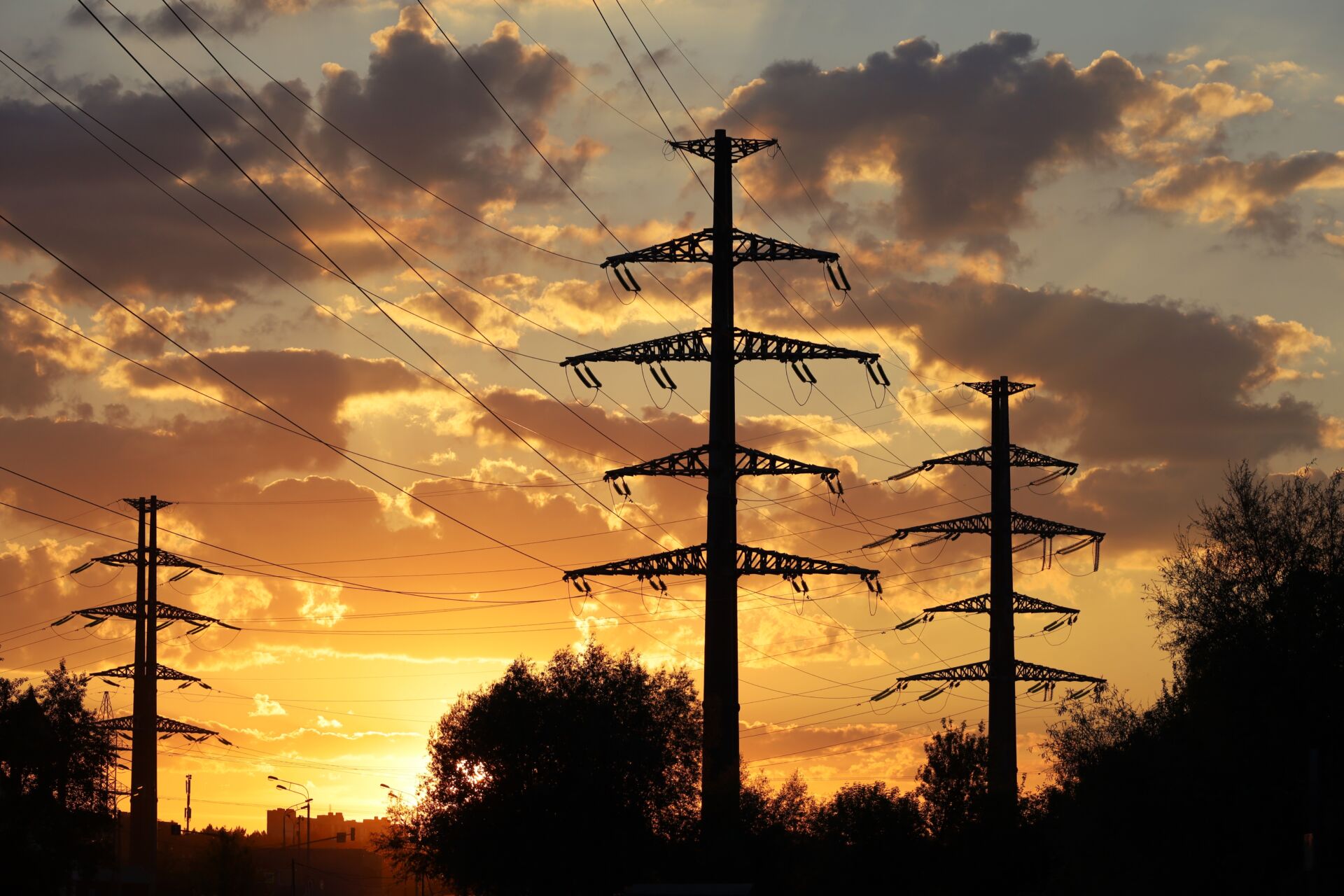


Share this article